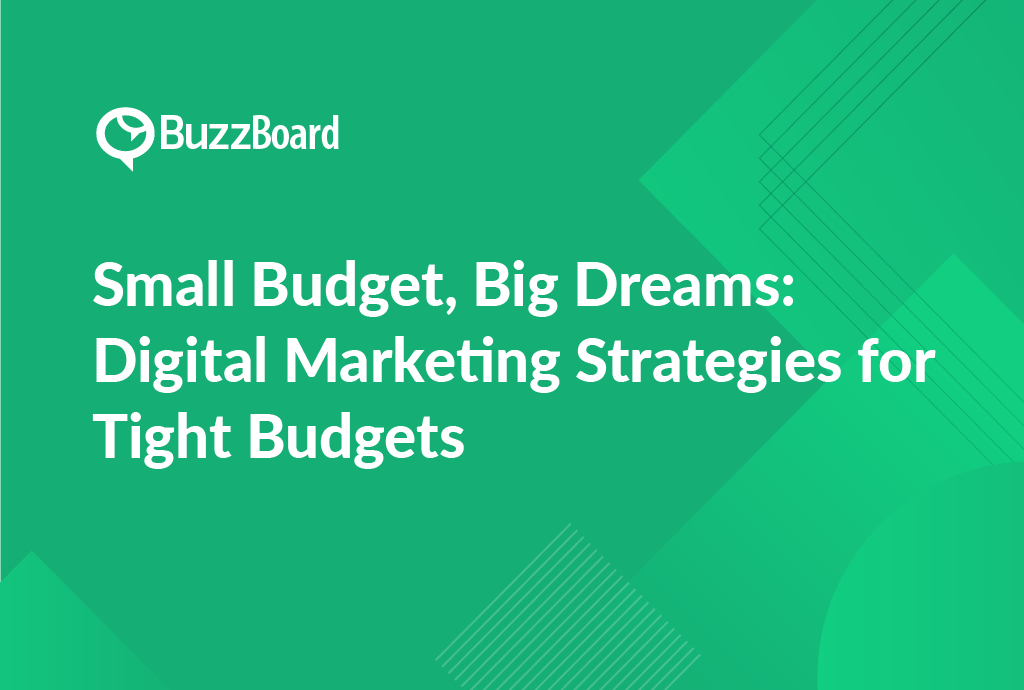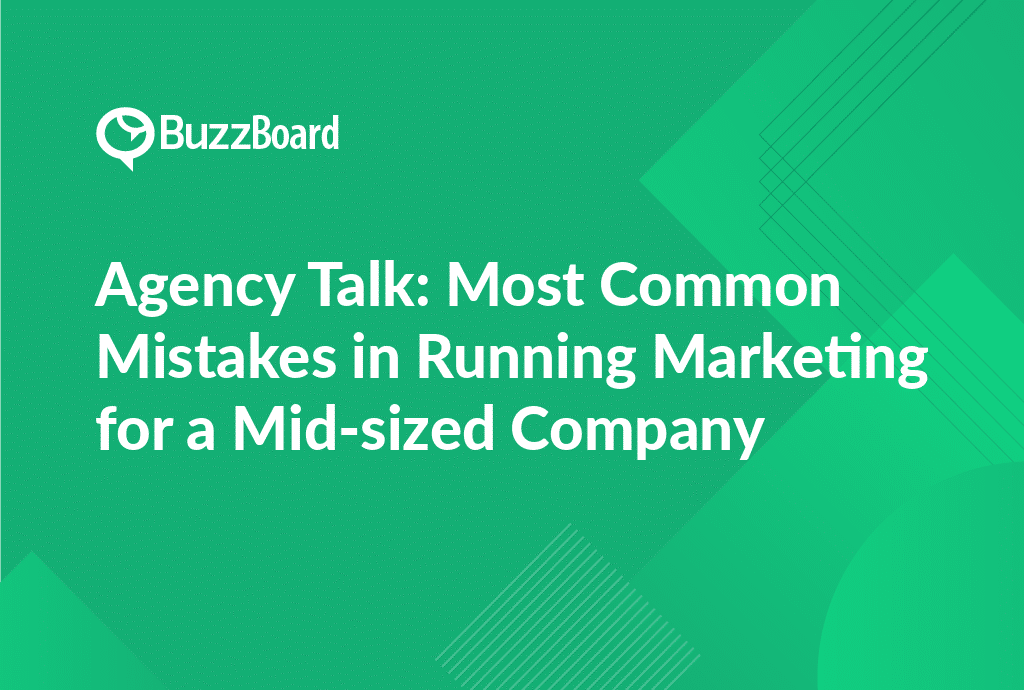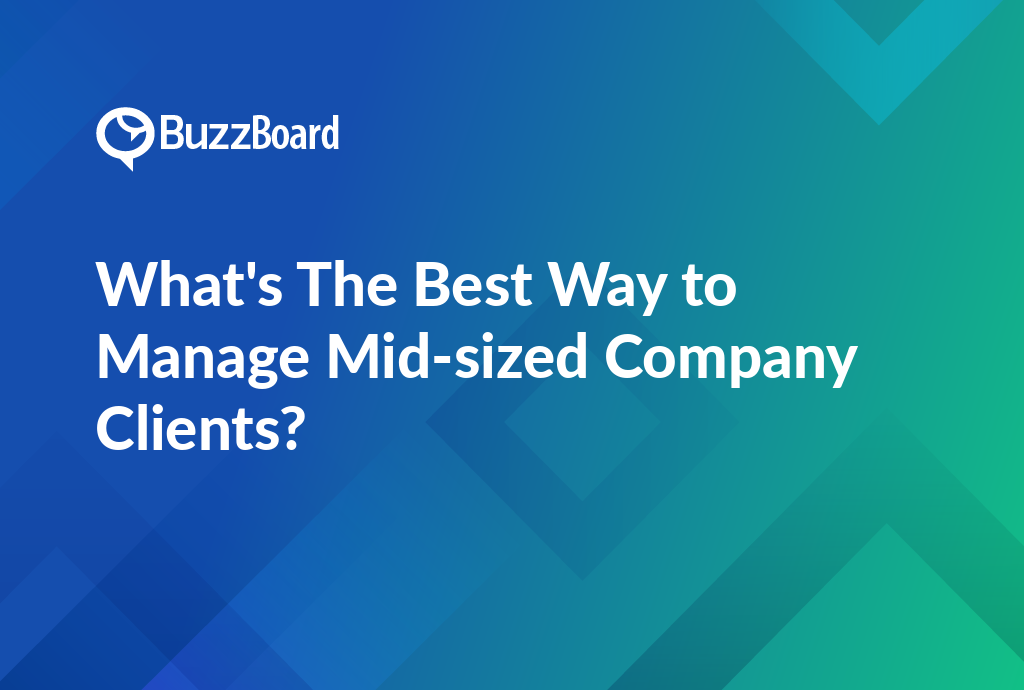Exploring the Challenge of Budget Constraints for Small Business Digital Marketing
Small businesses with restricted marketing budgets often face a daunting task: how to effectively promote their brand and reach their target audience without breaking the bank. The good news is that achieving maximum impact with minimum outlay is not only possible, but also a wise and economical approach to digital marketing. One effective way to do this is by implementing low-cost online campaigns that are specifically designed to engage your target audience without exhausting your resources.
Low-cost online campaigns can be tailored to your small business’s unique needs and goals, and can include a range of strategic initiatives. For example, leveraging social media platforms can be an incredibly effective way to reach your target audience, increase brand awareness, and drive website traffic. By creating engaging content, using relevant hashtags, and interacting with your followers, you can build a loyal community of customers and fans who will help spread the word about your brand.
Optimizing your website’s search engine optimization (SEO) is another crucial aspect of low-cost online campaigns. By conducting keyword research, creating high-quality content, and building high-quality backlinks, you can improve your website’s visibility in search engine results pages (SERPs) and attract organic traffic. This can be especially effective for small businesses that have a strong local presence, as optimizing for local SEO can help you attract customers who are searching for products or services in your area.
Targeted email campaigns are another powerful tool in the low-cost online campaigns arsenal. By segmenting your email list and creating personalized messages that speak directly to your target audience’s needs and interests, you can increase engagement, drive conversions, and build strong relationships with your customers. And with email marketing software, you can easily track the performance of your campaigns and make data-driven decisions to optimize your strategy.
So, how can small businesses with restricted marketing budgets navigate budget constraints and maximize their return on investment (ROI)? The key is to focus on allocation and utilization of your investment, rather than the size of your investment. By understanding your audience’s behavioral patterns and needs, using analytics for informed decision-making, and adopting cost-effective digital marketing strategies, you can stretch your marketing dollars in a scalable and impactful way.
Here are some actionable tips to help small businesses with restricted marketing budgets get the most out of their digital marketing efforts:
- Conduct market research to understand your target audience’s needs, preferences, and pain points.
- Use analytics tools to track your website traffic, engagement, and conversion rates, and make data-driven decisions to optimize your strategy.
- Focus on a few key channels and tactics, rather than trying to spread yourself too thin across multiple platforms.
- Create high-quality, engaging content that resonates with your target audience and encourages sharing and interaction.
- Use social media listening tools to monitor brand mentions, industry trends, and customer conversations, and respond promptly to customer inquiries and feedback.
- Utilize free or low-cost digital marketing tools, such as email marketing software, social media scheduling tools, and SEO plugins, to streamline your workflow and reduce costs.
- Collaborate with influencers, partners, or other small businesses to amplify your reach and build relationships with new audiences.
- Continuously test and refine your digital marketing strategy, using A/B testing, split testing, and other experimentation techniques to optimize your results.
By following these tips and adopting a strategic approach to low-cost online campaigns, small businesses with restricted marketing budgets can achieve maximum impact with minimum outlay, and drive real results for their business.
Effective Ways to Execute Low-Cost Online Campaigns
Budget restrictions often play a pivotal role, presenting a significant challenge for entrepreneurs and marketers. However, limited marketing funds do not directly equate to limited possibilities. With the right strategies and tactics, small businesses can effectively execute cost-effective online campaigns that boost their brand’s profile, maximize their marketing resources, and drive tangible results.
One tried-and-true strategy is to harness the potential of social media, which can generate maximum results with minimal resources. By regularly posting well-crafted messages and engaging with followers, small businesses can create significant organic reach and build a loyal community of customers and fans. Moreover, strategically utilizing paid social media advertisements, customized to fit your budget, can further amplify your online presence and drive targeted traffic to your website.
Another successful, low-cost online campaign strategy is email marketing, which has been proven to deliver impressive returns on investment (ROI) in numerous case studies. By building and maintaining a well-kept email list, small businesses can create a direct channel of communication with their audience, share valuable content, and drive traffic to their website. A compelling call-to-action can also unexpectedly increase sales conversions and boost revenue.
Content marketing, including blogging and SEO, is another vital area that small businesses can focus on to drive results without breaking the bank. With a modest investment of time and commitment, SEO can position your small business in front of a broader audience, increasing visibility and credibility online. By creating high-quality, relevant, and informative content, small businesses can attract and engage with their target audience, establish thought leadership, and drive organic traffic to their website.
In addition to these strategies, small businesses can also leverage other cost-effective online campaign tactics, such as:
- Influencer marketing: Partnering with influencers in your industry can help expand your reach and credibility, while also driving targeted traffic to your website.
- Referral marketing: Encouraging satisfied customers to refer their friends and family can be a powerful way to drive word-of-mouth marketing and increase sales.
- Online communities: Participating in online forums and communities related to your industry can help establish your brand as a thought leader and drive traffic to your website.
- Video marketing: Creating high-quality, engaging video content can help small businesses stand out in a crowded online landscape and drive conversions.
By focusing on these cost-effective online campaign strategies, small businesses can effectively stretch their marketing budget, drive tangible results, and achieve their marketing goals without sacrificing quality or effectiveness.
Creating Maximum Impact With Minimum Resources in Digital Marketing
The demand for digital marketing is experiencing a rapid expansion, particularly among small businesses. However, budget constraints can often limit the scope of digital marketing campaigns for small businesses, posing a significant challenge. The key to overcoming this challenge lies in learning how to generate the most significant impact with limited resources. Industry experts maintain that a restricted marketing budget should not inhibit the potential of your online presence. Rather, these budget constraints should be viewed as an opportunity to formulate innovative, low-cost online campaigns that assimilate strategies that pique the interest of your target audience.
Intuition and creativity are paramount in developing cost-effective digital marketing strategies that resonate with your audience. Some effective tactics include hosting webinars, collaborating with influencers, or organizing social media contests. These tactics not only save money but also aid in fostering a personal connection with your audience, which is essential for building brand loyalty and trust.
Optimizing a restricted marketing budget for small businesses necessitates meticulous planning and precision. It is crucial to identify the most effective channels and tactics that align with your target audience’s preferences and behaviors. Tactics such as equity-based marketing, content repurposing, and leveraging user-generated content could bolster your efforts and amplify your brand’s message at the lowest possible cost.
Equity-based marketing, for instance, involves partnering with other businesses or organizations to co-create content, share resources, or even co-host events. This approach not only reduces costs but also expands your reach and credibility. Content repurposing involves reusing and reformatting existing content to reach a wider audience. This could include turning blog posts into social media posts, creating video summaries of podcasts, or transforming infographics into social media graphics.
Leveraging user-generated content is another effective strategy that can amplify your brand’s message without breaking the bank. This involves encouraging your audience to create and share content featuring your brand, product, or service. User-generated content can take many forms, including social media posts, reviews, testimonials, and even videos. By showcasing this content on your website or social media channels, you can create a sense of social proof and credibility that can drive conversions and sales.
In the realm of digital marketing, financial strength alone does not dictate success. Even with a limited budget, you can still effectively reach and engage your target audience. The key is to be strategic, creative, and resourceful in your approach. By leveraging low-cost digital marketing strategies and tactics, you can build a strong online presence, drive traffic and conversions, and ultimately achieve your business goals.
Some additional strategies that can help small businesses optimize their marketing budget include:
- Utilizing free or low-cost marketing tools and software, such as Hootsuite or Canva, to streamline your marketing efforts.
- Creating a content calendar to plan and schedule your content in advance, reducing the need for last-minute scrambles.
- Focusing on a single, high-impact marketing channel, such as email marketing or social media, rather than spreading yourself too thin across multiple channels.
- Building relationships with influencers or thought leaders in your industry, who can help amplify your brand’s message and reach a wider audience.
- Conducting A/B testing and experimentation to optimize your marketing campaigns and improve their effectiveness.
By adopting these strategies and tactics, small businesses can overcome the challenges posed by limited marketing budgets and achieve success in the competitive world of digital marketing.
Strategies for Stretching Small Business Marketing Dollars
Navigating the overspend trap in small business marketing, particularly within digital marketing, demands a strategic approach to ensure that minimum resources yield maximum impact. To achieve this, sales teams must adopt a thoughtful and intentional approach to investment allocation, focusing on targeted marketing efforts that drive tangible results.
The first step in avoiding the overspend trap is to understand your audience. Identifying your ideal clients and concentrating your marketing efforts on targeting and retargeting this group is crucial. This approach ensures that your limited marketing budget is put to the best use, maximizing the return on investment (ROI) and driving meaningful engagement with your target audience. By understanding your audience’s needs, preferences, and pain points, you can tailor your marketing strategy to effectively communicate your value proposition and resonate with your ideal clients.
The next step is to harness the power of low-cost online campaigns. Employing tools like Google My Business, SEO, content marketing, and social media can help boost your business without breaking the bank. These platforms provide cost-effective methods for reaching your audience, enhancing online visibility, and driving website traffic. For instance, Google My Business allows you to claim your business listing, manage reviews, and post updates to attract local customers. SEO, on the other hand, enables you to optimize your website for search engines, increasing your visibility and credibility. Content marketing involves creating valuable, relevant, and consistent content to attract and retain a clearly defined audience. Social media platforms, such as Facebook, Twitter, and LinkedIn, provide a cost-effective way to engage with your audience, share your brand’s story, and build brand awareness.
Another effective strategy for extending your marketing budget is to consider collaborations. Join forces with businesses in your domain to execute joint promotional campaigns or exchange customer referrals. This approach not only expands your customer base but also significantly reduces the overall cost per customer acquisition. Collaborations can take many forms, such as co-branded content, joint webinars, or even hosting events together. By partnering with complementary businesses, you can tap into new audiences, increase brand visibility, and drive revenue growth.
It’s also essential to adopt a strategic, measured investment approach, ensuring that every marketing dollar is contributing to the future growth of your business. This means being patient and not expecting overnight results. Most digital marketing efforts require time to produce measurable results, so it’s crucial to set realistic expectations and track your progress regularly. By monitoring your metrics, you can identify areas for improvement, adjust your strategy, and optimize your marketing efforts for maximum ROI.
Navigating the overspend trap in small business marketing demands a strategic approach that focuses on targeted marketing efforts, low-cost online campaigns, collaborations, and measured investment allocation. By adopting a thoughtful and intentional approach to marketing, you can extend the reach of your small business, even under budget constraints. Remember that patience is critical, and most digital marketing efforts require time to produce measurable results. By staying focused, adaptable, and committed to your marketing strategy, you can achieve maximum impact with minimum resources and drive sustainable growth for your business.
Real-World Examples of Successful Digital Marketing on a Tight Budget
In the realm of digital marketing, the key challenge is maximizing impact with minimal resources. Against popular opinion, tremendously successful digital marketing campaigns are not always the dominion of companies with extensive budgets. Numerous real-world examples exist where businesses have effectively used a limited marketing budget to foster low-cost online campaigns providing substantial returns.
Consider the case of Buffer, a social media scheduling tool. As a startup, Buffer dealt with the expected budget restrictions inherent in small business digital marketing. However, through a focused, strategic push, they successfully increased their user base from zero to over 1 million with minimal marketing expenditure. Their main emphasis was on content marketing and SEO, demanding more time and effort rather than money.
Another instance is the Dollar Shave Club, which confronted giants Gillette and Schick with a nominal $4,500 budget for their inaugural video campaign. The humorous and viral YouTube video earned 12,000 subscribers in the first two days, eventually leading to a $1 billion acquisition by Unilever. They literally transformed their business by prudently utilizing their small business marketing dollars.
The key takeaway for salespeople at digital marketing agencies is to view budgetary limitations not as hurdles, but opportunities. These should inspire creativity and strategy in advancing digital marketing endeavors.
Understanding your target audience, identifying their most frequented communication channels, and finding the perfect balance between paid and organic marketing strategies is crucial. The goal should be to ensure maximum visibility and engagement, despite tight budget parameters.
For more insights into Buffer’s digital marketing strategy, click here. Also, delve into the intricate details of Dollar Shave Club’s successful campaign here.
Enter the exhilarating world of digital marketing. These examples verify that a limited budget can indeed make a significant impact on your online campaign. The trick lies in smart resource management and comprehending your audience’s needs. Do you have similar success stories to share? We’d love to hear them — feel free to contribute here.









